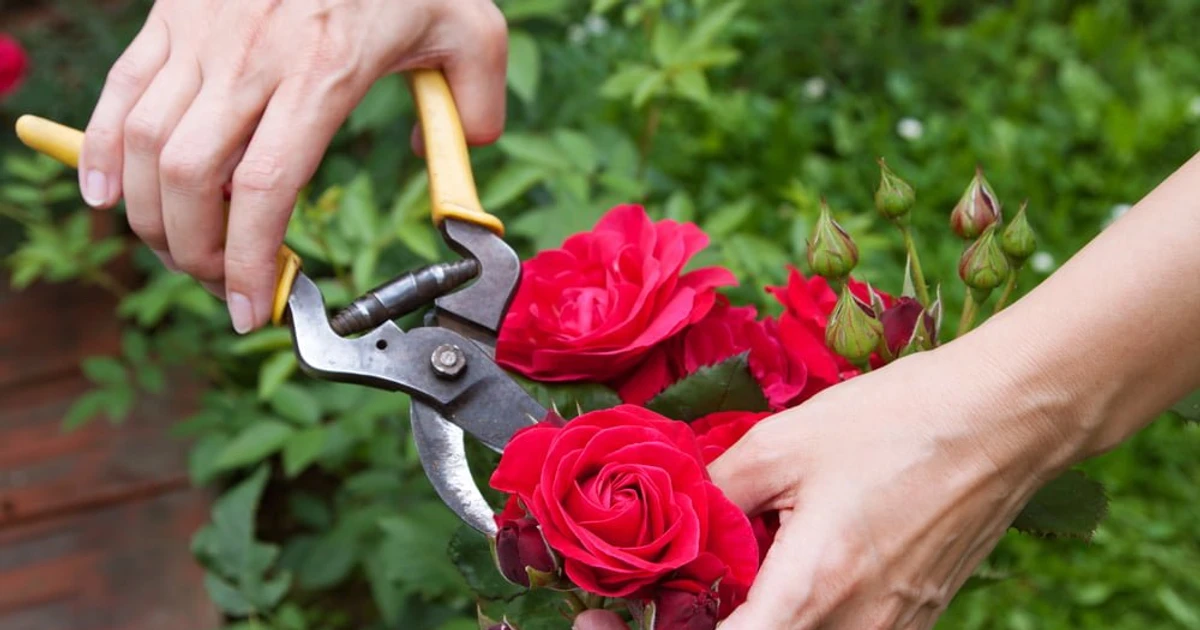Pruning roses may seem like a daunting task, but with the right techniques and knowledge, it can become an enjoyable and rewarding experience that enhances the health and beauty of your garden. Proper pruning is essential not just for shaping your roses, but for promoting vigorous growth and abundant blooms throughout the season.
Pruning serves a critical role in removing dead or diseased canes, which can harbor diseases that threaten the health of your plants. According to expert Nita-Jo Rountree, a Seattle-based garden designer, failing to prune can lead to the spread of disease among your roses. By cutting back canes and removing old leaves, you create a healthier environment for new growth.
Knowing when to prune is key. For once-blooming varieties, the best time to prune is right after they finish blooming in early summer. Most other types should be pruned in late winter or early spring, just after the last frost. Early pruning in December can help prevent wind damage by cutting back to a manageable height, while a more significant trim in February involves removing dead, diseased, or damaged canes and promoting airflow by cutting back crossing branches.
Regular maintenance is just as important. Roses should be pruned at least once a year, focusing on deadheading spent blooms throughout the growing season. This not only enhances the appearance of your plants but also encourages continuous flowering. Deadheading is simple: make a 45-degree cut just above the next set of leaves.
To effectively prune your roses, you’ll need a few essential tools: sturdy gardening gloves, sharp bypass pruning shears, and loppers. Using bypass shears is crucial as they make clean cuts that promote quick healing and reduce the risk of disease. Remember to sanitize your tools between cuts to prevent the spread of any pathogens.
Different types of roses require specific pruning techniques. For climbing roses, cut lateral branches to two buds above the main stem and remove any old branches that no longer produce blooms. This encourages new growth where flowers will form.
After pruning, it’s vital to care for your roses by watering and fertilizing them appropriately. Established roses need at least one inch of water per week, while newly planted ones require more frequent watering. Fertilize your roses six weeks after pruning, but avoid fertilizing after July to prevent late-season growth that could be damaged by frost.
In summary, mastering the art of rose pruning not only keeps your garden looking beautiful but also ensures that your roses thrive and bloom profusely. With these tips and techniques, you can confidently approach your rose bushes, transforming them into stunning focal points in your garden. Happy gardening! 🌸✨


Thanks for sharing. I read many of your blog posts, cool, your blog is very good.
Your point of view caught my eye and was very interesting. Thanks. I have a question for you.
Thanks for sharing. I read many of your blog posts, cool, your blog is very good.
I don’t think the title of your article matches the content lol. Just kidding, mainly because I had some doubts after reading the article. https://www.binance.com/en-IN/register?ref=UM6SMJM3
Beautiful guide! 🌹 Your tips on pruning roses are super helpful — especially how you explain when and where to cut for the best blooms. Thanks for making rose care less intimidating; I can’t wait to try this in my own garden.
https://samentejarat.com/aluminium/
I don’t think the title of your article matches the content lol. Just kidding, mainly because I had some doubts after reading the article.
Can you be more specific about the content of your article? After reading it, I still have some doubts. Hope you can help me.